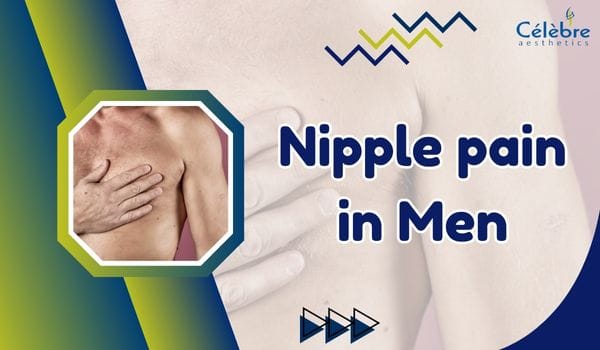Struggling with stubborn fat that just won’t go away, no matter how much you diet or exercise? That soft layer of fat under your skin is known as subcutaneous fat. While it’s completely normal to have some of it, too much can affect your appearance and your health. In this blog, we’ll break down everything you need to know about how to reduce subcutaneous fat safely and effectively.
What is Subcutaneous Fat?
Subcutaneous fat is the jiggly fat found just beneath your skin. You can pinch it with your fingers on areas like your belly, thighs, arms, and buttocks. Unlike visceral fat (which surrounds internal organs), subcutaneous fat is more visible and less harmful. However, having too much of it can still lead to weight-related problems and lower your confidence.
Why Do We Store Subcutaneous Fat?
Several factors contribute to the buildup of subcutaneous fat:
- Poor diet (high in sugar, processed foods, and unhealthy fats)
- Lack of physical activity
- Hormonal changes
- Genetics
- Stress and poor sleep
The good news is, with the right approach, subcutaneous fat can be reduced effectively over time.
How to Reduce Subcutaneous Fat: Proven Strategies
1. Clean Up Your Diet
Your diet plays the biggest role in fat loss. Follow these simple tips:
- Cut down on sugar and sugary drinks (like sodas and packaged juices)
- Eat more fiber-rich foods like fruits, vegetables, legumes, and whole grains
- Choose lean proteins such as chicken, fish, tofu, and eggs
- Switch to healthy fats like nuts, seeds, avocados, and olive oil
- Drink plenty of water to stay hydrated and boost metabolism
A calorie deficit (burning more than you eat) is essential for reducing any kind of fat.
2. Get Moving with Regular Exercise
Both cardio and strength training are important for fat loss:
- Cardio Exercises: Walking, running, swimming, cycling, and HIIT (High Intensity Interval Training) help burn calories quickly.
- Strength Training: Builds muscle mass which increases your resting metabolism. Focus on full-body workouts with squats, lunges, push-ups, and weights.
Aim for at least 150 minutes of moderate activity per week.
3. Manage Stress Levels
High stress leads to increased cortisol levels in your body, which promotes fat storage, especially in the belly area.
- Practice deep breathing, yoga, or meditation daily
- Take regular breaks
- Prioritize sleep and downtime
4. Get Quality Sleep
Poor sleep can sabotage your fat loss efforts by affecting your hormones and increasing cravings.
- Aim for 7-8 hours of sleep every night
- Keep a consistent sleep schedule
- Avoid screens and caffeine before bed
5. Consider Professional Treatments
If diet and exercise aren’t giving you the results you want, non-surgical fat reduction treatments can help.
At Celebre Aesthetics, we offer advanced solutions to reduce subcutaneous fat, including:
- Cryolipolysis (Fat Freezing)
- Laser Lipolysis
- Ultrasound Cavitation
- Radiofrequency Fat Reduction
These treatments target fat cells directly under the skin, helping you achieve a more sculpted look with minimal downtime.
What Not to Do When Trying to Lose Subcutaneous Fat
- Don’t fall for crash diets or fat-burning pills — they often lead to short-term results and long-term damage.
- Avoid skipping meals as it can slow down your metabolism.
- Don’t expect spot reduction — you can’t target fat loss from specific areas.
Be Consistent and Patient
Fat loss is not a one-day event. With consistency, patience, and a healthy lifestyle, you can significantly reduce subcutaneous fat and improve your overall health and body shape.
If you’re looking for faster, visible results under expert guidance, book a consultation with Celebre Aesthetics. We’ll help you choose the safest and most effective fat reduction method for your body type and goals.








